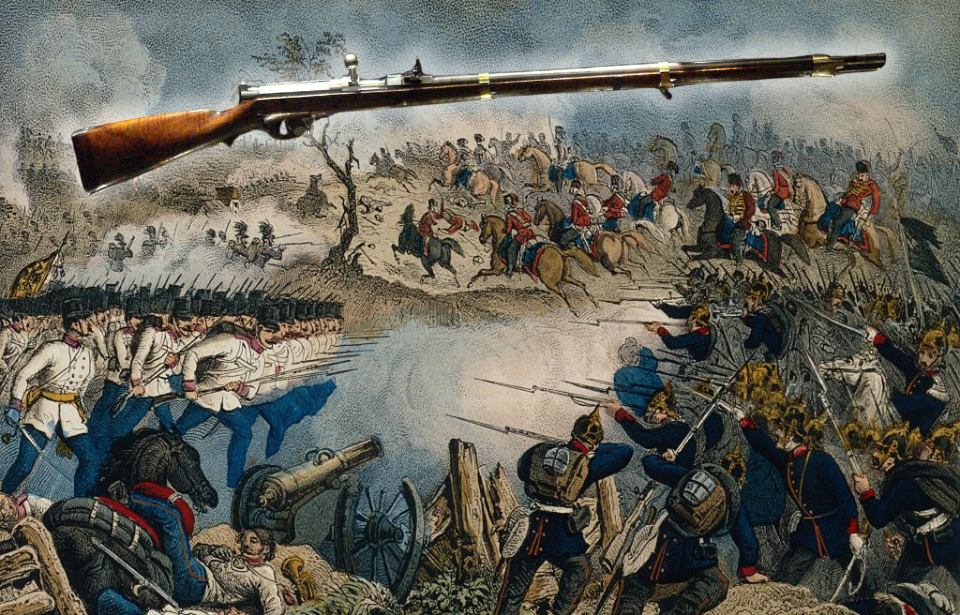History runs its course, but, sometimes, there are things that push said course in a specific direction. There are examples from the past of how revolutionary innovations gave an advantage to one of the belligerents in a conflict, changing the tide of war and even the course of history in the process.
It was cannons in the Battle of Crécy (1346) that paved the road to a new age of warfare. Then, rifled barrels changed the face of combat, with Little Boy ultimately taking it into a sphere of mass destruction.
Another weapon that made an impact on the history of warfare was the Prussian Dreyse needle-gun, which was credited with the birth of the German nation. It completely changed combat when it first appeared in the Austro-Prussian War. From that point on, war entered an era that ultimately culminated in the great (and most devastating) battles of the 20th century.
Prussia and a desire to unify the German Confederation
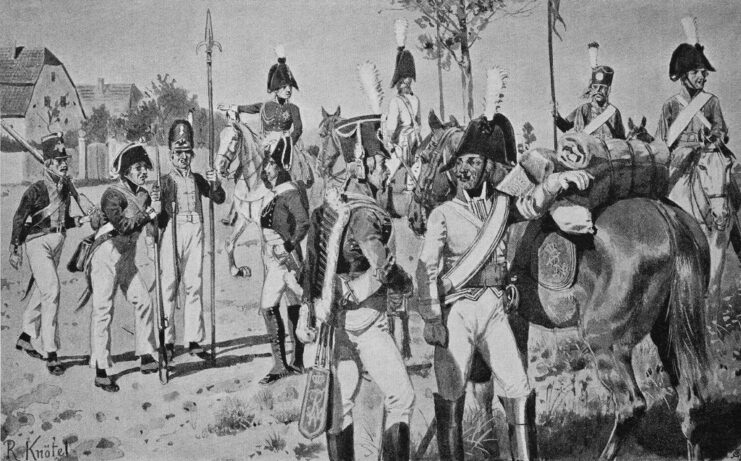
The Romantic Period of the early 19th century saw European nations rise up with the hope of making their way onto the political map. One such was Germany, with the main instigator for said unification being Prussia. It not only had an aspiration to gather numerous small states within the German Confederation under its rule, but also a desire to build an empire that would dominate the continent.
In a militaristic Prussian society, the only way to do this was through war. Building an army that could confront large European powers was the imperative of the whole country and it was given the full attention of the state. The government heavily invested in training and equipping its soldiers, creating one of the best armies of the 19th century.
Facing a war with the Austrian Empire
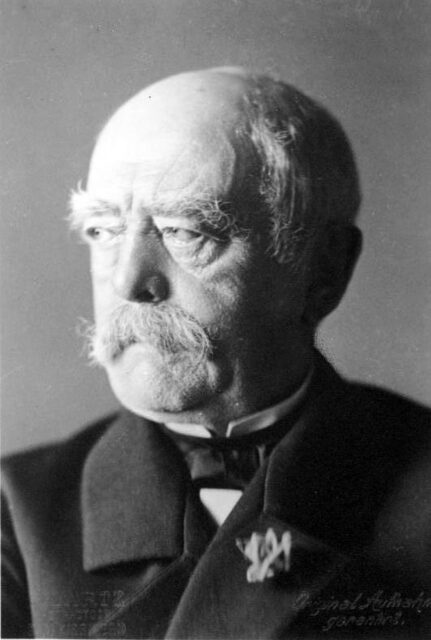
In order to achieve this goal, the Prussians first had to face the Austrian Empire. At the time, the Austrians had exercised influence over the German states for more than two centuries, something the Prussians were keen to change.
Prussian Minister President Otto von Bismarck carefully prepared the ground for a war against the Austrians by forming alliances with Italy and France. He then provoked the conflict by portraying Prussia as the protector of the German states against Austrian domination.
Inevitably, on June 14, 1866, war erupted.
Austro-Prussian War
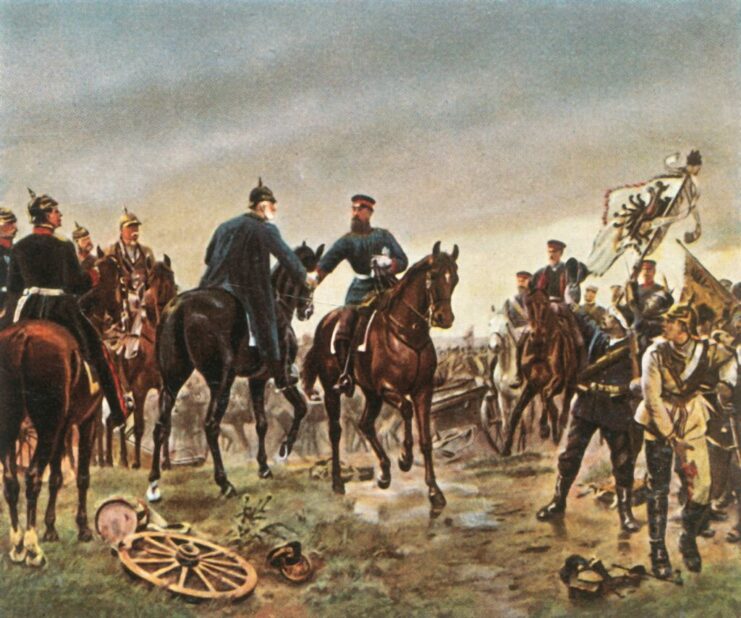
Despite the military reputation the Austrian Army had built up, the Prussians were undaunted and well-prepared for war. While the Austrians might have been famous for its powerful cavalry and artillery units, they still employed old tactics and organization techniques from the Napoleonic Wars.
In contrast, the Prussian military, led by Field Marshal Helmuth Graf von Moltke, organized its troops and doctrines according to the industrial and technological progress of the time. This approach would be to Prussia’s advantage against Austria, particularly when it came to the use of more modern weapons. The latter proved to be decisive.
Before the outbreak of the Austro-Prussian War, Prussia’s was the only army to adopt breech-loading needle-rifles. The Austrians were still using Lorenz muzzle-loading muskets. The contrasting performance of these weapons on the battlefields of the conflict proved critical to its outcome.
Developing the Dreyse needle-gun
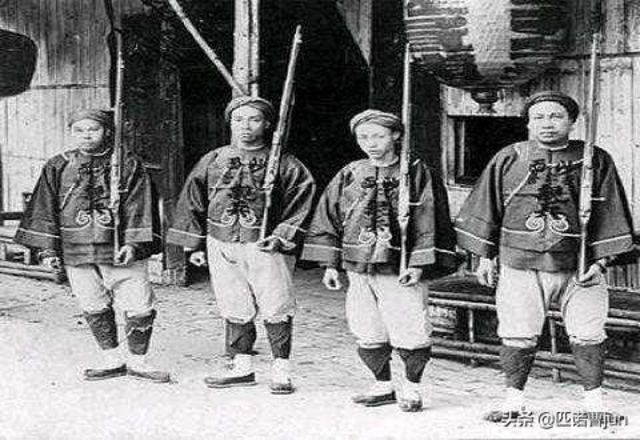
The Dreyse needle-gun was, indeed, a revolution in rifle-making. It was the first ever bolt-action, breech-loading rifle. This new system allowed a much higher rate of fire, marking the beginning of a new era in rifle design and influencing similar weapons.
The gun was designed by firearms manufacturer Johann Nikolaus von Dreyse, and its development was shrouded in secrecy, as the government didn’t want the kingdom’s enemies to be aware of the ace it held up its sleeve. When it was accepted into service, the rifle was designated the “Light Percussion Rifle Model 1841,” in order to hide its true nature.
By the beginning of the war with the Austrians, the entire infantry was armed with new Dreyse rifles.
Dreyse needle-gun versus Lorenz Model 1862

What made the Dreyse needle-gun so special was the bolt system housed at the rear of the barrel. The bolt housed the needle that ignited the cartridge primer. Once the breech was locked with the bolt, the needle was driven against the spring, and by pulling a trigger, the needle was released, hitting the primer of the cartridge.
The cartridge consisted of a paper case with 4.8 grams of black gunpowder, a percussion cap and a 15.4 mm bullet housed in a separated paper case called a sabot. Since the cartridge was loaded from the breech, this made for easier and quicker reloading.
Despite certain drawbacks, such as the huge escape of gas through the breech that resulted in a relatively short maximum range of just over 740 yards, the Dreyse needle-gun was still superior to the Austrians’ Lorenz rifles.
The Lorenz Model 1862 was a muzzle-loading percussion rifle that replaced the old Augustin muskets used by the Austrian Army. It fired a 13.9 mm bullet housed in a paper cartridge that was loaded from the muzzle with the help of a wooden rod. It employed a relatively modern percussion system that used an externally housed percussion cap to ignite the gunpowder inside the cartridge.
What made the Dreyse needle-gun so special?

Even though the Lorenz rifle had better range and was more precise, it was still far below the performance of Dreyse needle-gun on the battlefield. There were two reasons for this.
The first was the rate of fire. With the new breech-loading system, Dreyse riflemen could fire 10-to-12 rounds per minute – five times more than the Lorenz rifle. The Austro-Prussian War saw Austrian military leaders keep ordering the use of line infantry mass assaults. Consequently, a higher rate of fire resulted in a proportionally higher chance of hitting targets.
The ability to load the rifle from the breech was another advantage needle guns had over muskets. Riflemen armed with a Dreyse were able to load their rifles in crouched and prone positions, even on the move. Since Lorenz rifles were loaded from the muzzle, Austrian riflemen had to do it while standing.
Carnage at the Battle of Náchod
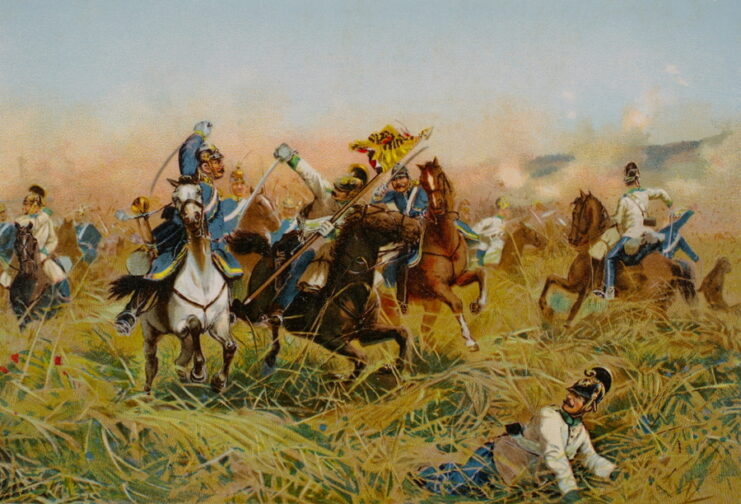
The Battle of Náchod on June 27, 1866, was the baptism by fire for the Dreyse needle-guns. The Austrians entered the fight with over-confidence, aiming to overrun the Prussian troops with a massed assault of line infantry. On the other side, the Prussians, armed with their needle-guns, were ready to face them.
Once the battle started, the commander of the Austrian 6th Corps, Field Marshal Wilhelm Freiherr von Ramming, decided to use the traditional tactic of 19th-century wars. He sent a brigade of infantry, arranged in a column, to push Prussians from the plateau in front of the village of Náchod. As soon as the Austrians approached the Prussian lines, both sides opened fire. At that moment, it became obvious why the Prussians were going to be the superior force.
While the Austrian soldiers were standing out in the open, reloading their Lorenz rifles, the Prussians had already reloaded their Dreyse needle-guns and opened another volley of fire. Half of the Austrian soldiers were killed in one fell sweep. As the rest tried to recover from the shock, the Prussians reloaded their rifles and fired yet another volley. The Austrians who managed to survive had no choice but to attack the Prussians with their bayonets.
It’s needless to say they were easy targets for the Prussians and their needle-guns. However, the Austrians continued to send one battalion after another in an attempt to push the Prussians from the plateau. For four hours, six-and-a-half Prussian battalions were holding back 21 Austrian ones with only their needle-guns. After the battle was over, Austrian losses totaled 5,719. That was five times more than the casualties suffered by the Prussians.
Disaster at Königgrätz
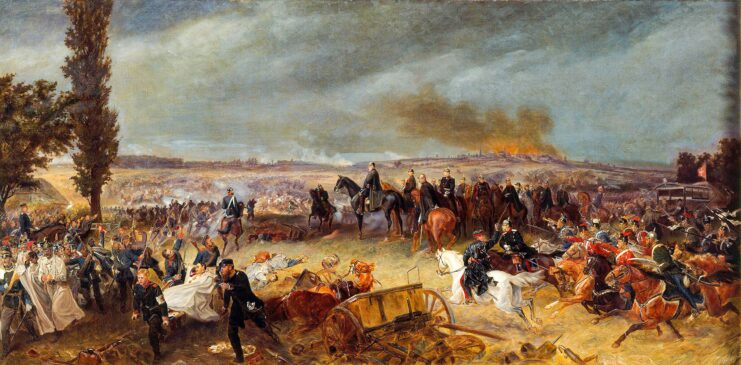
The heavy blow the Austrians suffered at Náchod became a catastrophe at Königgrätz just a week after, on July 3, 1866; the Battle of Königgrätz was the decisive point in the Austro-Prussian War.
Once again, the Austrians were the victims of their own tactics, combined with the might of Dreyse needle-guns. The Austrian force of 215,000 faced 39,000 Prussians in the valley between the Elbe and the Bystřice. During the engagement, the Prussians received reinforcements when the 1st Army arrived with an additional 85,000 soldiers.
The decisive fight took place in the forest of Swiepwald, where the Prussian 7th Division held its position against the Austrian 2nd and 4th Corps. In the dense forest terrain, the former, again, used the advantages of their higher rate of fire and reload abilities to inflict heavy losses.
After two and a half hours, the Austrians managed to push the Prussian 7th Division out of the woods, but their victory came at a very high price. It also came too late. The Prussians had been holding on long enough for the 2nd Army to arrive. With the high casualty rate and facing fresh enemy reinforcements, Field Marshal Ludwig von Benedek’s troops had to retreat.
Even though the Austrians were fighting the majority of the battle on the defensive, their losses were even higher than what they’d experienced at Náchod. Some 43,000 Austrian troops were killed wounded or captured. The Prussians lost just under 9,200 men.
More from us: Heckler & Koch G3: The Cold War-Era Battle Rifle That’s Stood the Test of Time
Want War History Online‘s content sent directly to your inbox? Sign up for our newsletter here!
The loss at Königgrätz meant the end of the war for the Austrians. On August 23, 1866, the country signed the Peace of Prague, a treaty giving Prussia dominion over the German states. The latter set a foundation for the German Empire and became one of the most frightening military powers in history.
